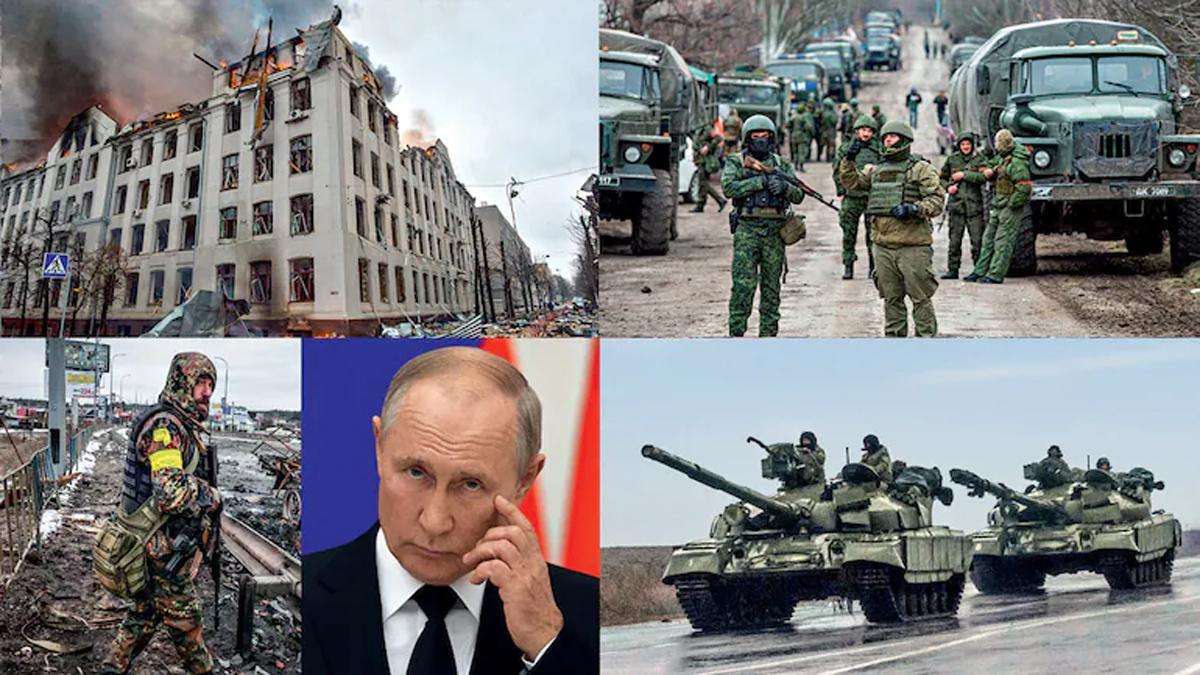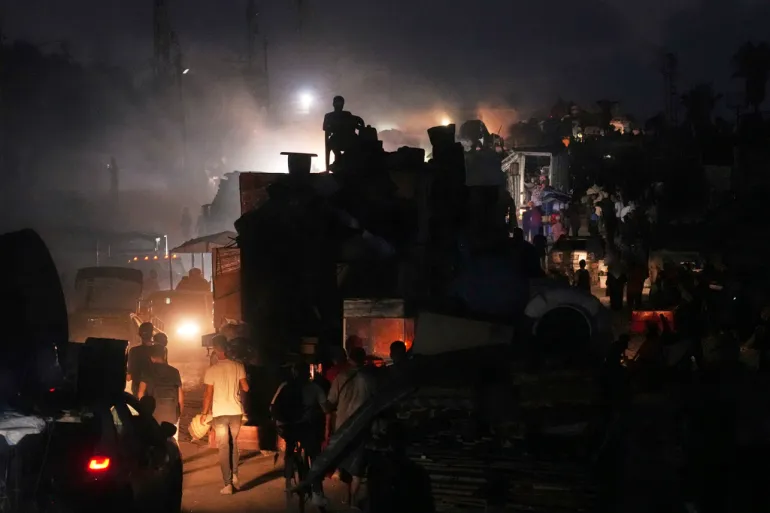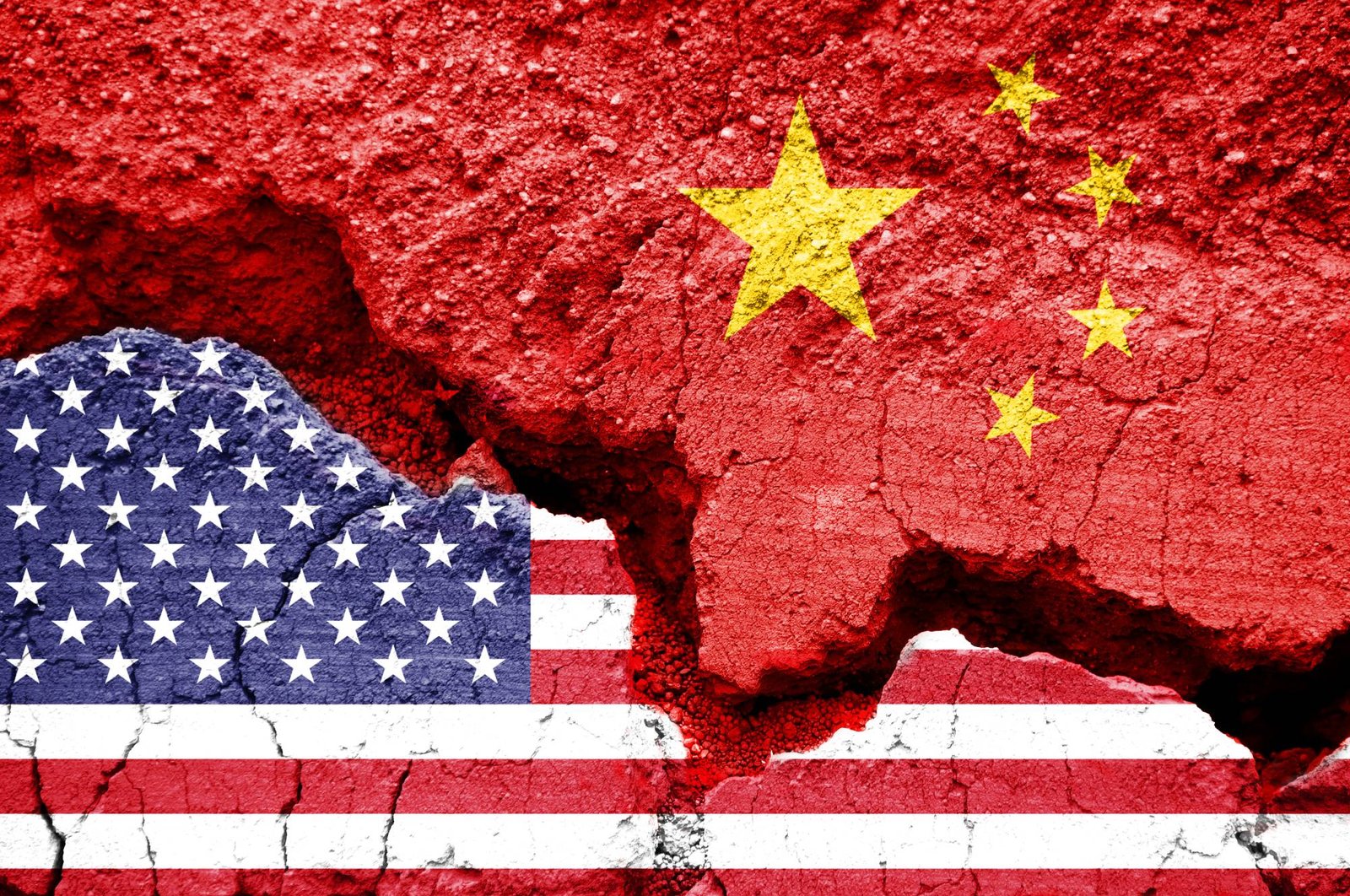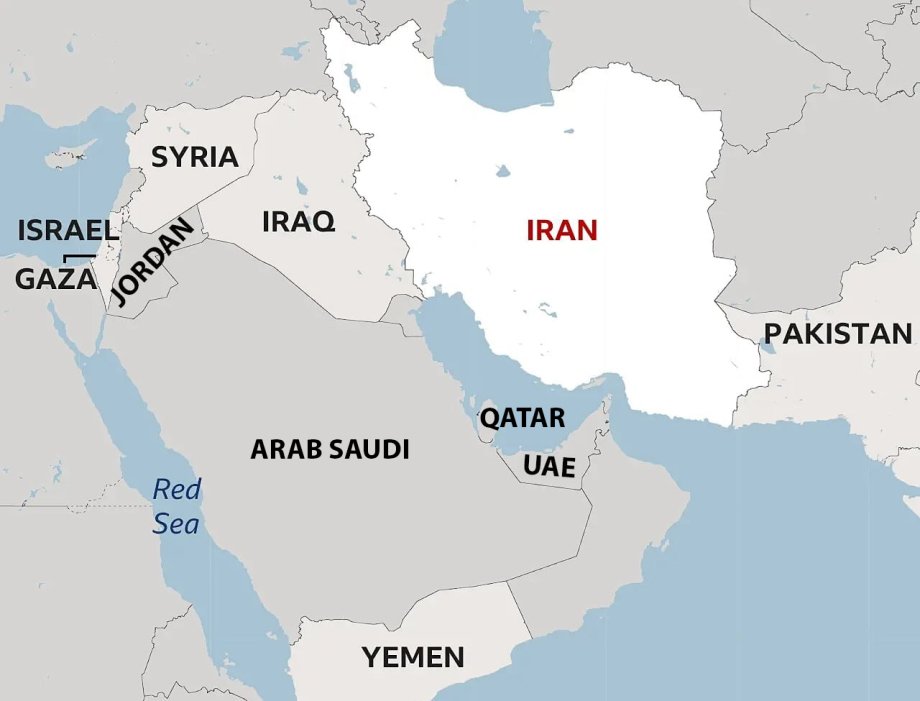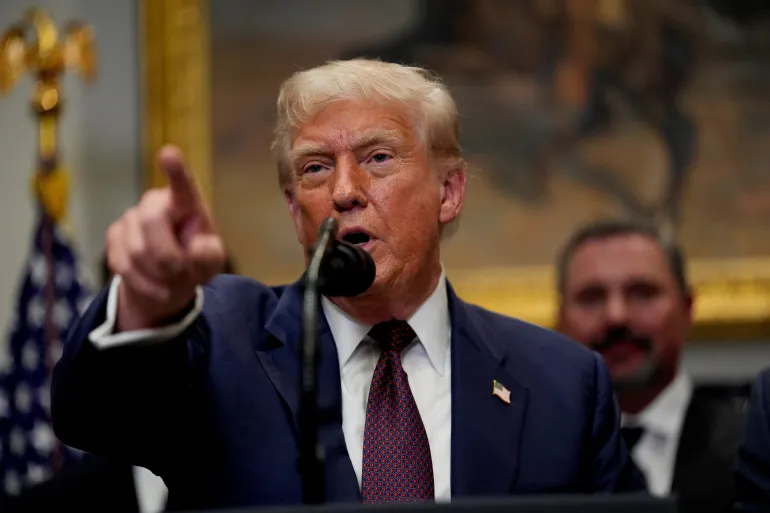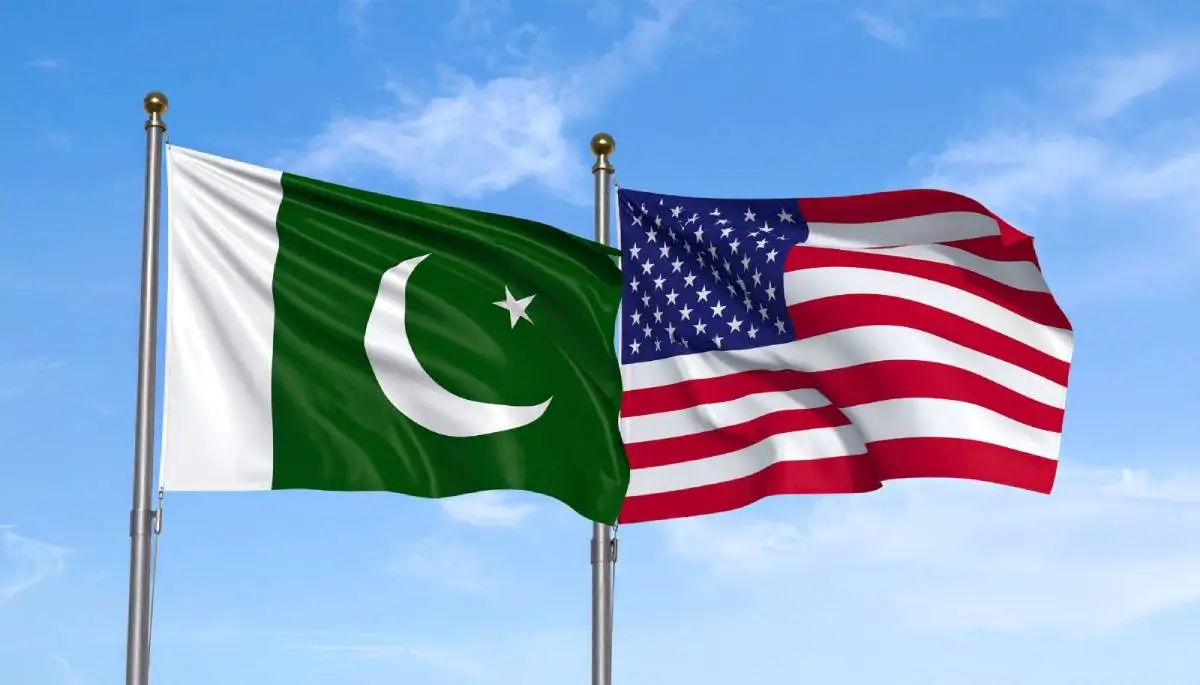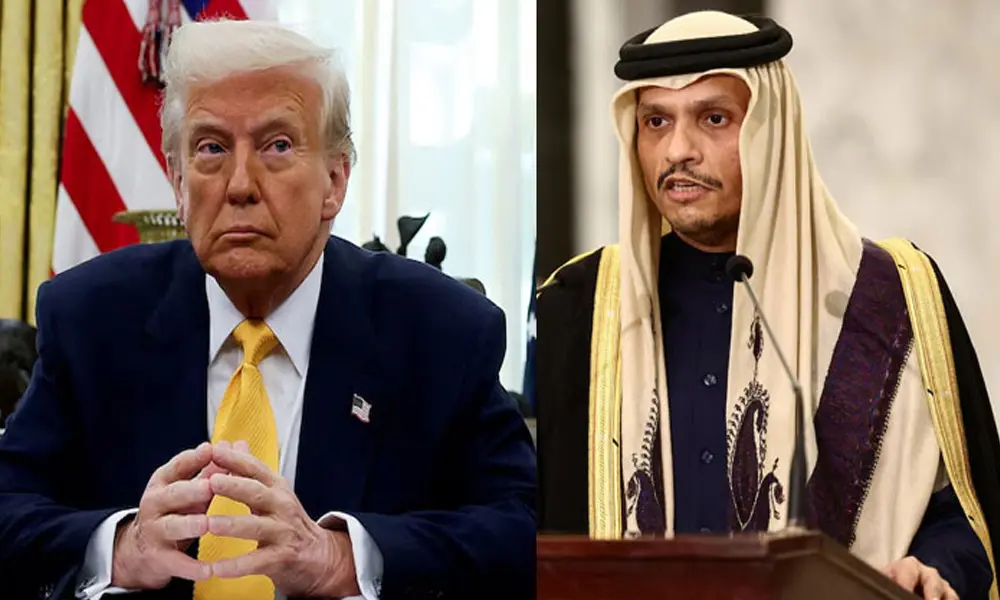Ukraine began the day with a rare sense of diplomatic momentum. After months of stalled negotiations and global tension, Kyiv finally reached a framework agreement with the United States. This proposed deal would see the U.S. invest in Ukraine’s post-war recovery in exchange for a future share in profits generated from Ukraine’s natural resources, energy infrastructure, oil, and gas reserves.
Alongside this economic development, the first round of peace talks took place in Paris between Ukrainian, American, and European officials. These early discussions were initially described as “positive,” raising hopes for a renewed path to ceasefire and long-term resolution.
However, the mood shifted quickly when U.S. President Donald Trump and Secretary of State Marco Rubio issued a stern warning: unless progress was made rapidly, the U.S. would consider pulling out of ceasefire negotiations altogether. This sudden pivot added pressure to the talks and created new uncertainty around America’s commitment to Ukraine’s cause.
Kyiv had hoped that Washington’s growing frustration with Moscow’s aggression would lead to tougher sanctions. Instead, the threat of U.S. disengagement appeared to benefit the Kremlin more than Ukraine. Analysts believe that Ukraine and its European allies alone do not hold enough influence to stop Russia’s long-term ambitions, especially given Moscow’s continued military push across Ukraine, all while claiming to support peace.
In recent days, Russia has launched some of its deadliest missile strikes yet on civilians. In Kharkiv, over 100 people were injured, and one person was killed in an attack on a residential area. Despite these atrocities, the White House has offered little condemnation, instead pausing military aid to Kyiv and maintaining diplomatic overtures to Moscow in an attempt to keep negotiations alive.
This strategy has led to a temporary ceasefire on Ukraine’s side, driven by reduced U.S. military and intelligence support. However, Moscow has shown no sign of backing away from its demands, including additional Ukrainian territory and the removal of President Volodymyr Zelensky. Observers question how this imbalance can bring about meaningful progress.
On Ukraine’s southern coast, however, there has been a success story. Ukrainian forces have used a mix of Western-supplied and domestically built drones to push back the Russian fleet, reopening a vital shipping corridor in the Black Sea. Commander Mykhailo, 26, who leads one of Ukraine’s naval patrol ships, spoke of the wider stakes involved. “If Russia takes all of Ukraine, in 10 or 15 years they’ll go to Poland, Lithuania, Estonia,” he warned. “That’s clear.”
But U.S. military aid is dwindling, with no new packages approved by Congress and emergency presidential funding nearing exhaustion. If Washington ultimately steps away from peace efforts, Ukraine would be left to rely on European support alone—an alliance many fear may not be strong enough to counter continued Russian aggression.
Although the mineral deal offers a glimmer of economic hope, it’s overshadowed by Washington’s shifting priorities. The agreement now appears more like a business venture than a strategic partnership, leading some to question whether the U.S. truly cares who controls Ukraine, as long as its commercial interests remain protected.
As President Zelensky and the Ukrainian people brace for what lies ahead, the battlefield success and potential resource investments may not be enough without lasting international commitment—especially from Washington.



